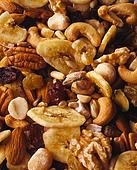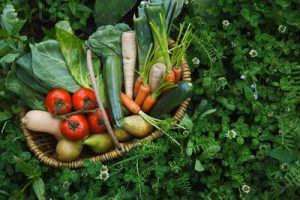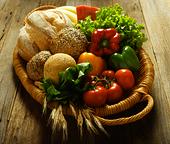
If you’ve ever traveled while adhering to a restricted diet, you know that it is not easy. Unless you are staying with friends or staying at a hotel that has a kitchenette, creating your own allergen-free meals can be quite a challenge if not impossible.
I received the following question from Walter, who isn’t traveling, but doesn’t have access to a kitchen:
Wheat is like my main food, but I’m tired a lot and wondering if I need to cut out gluten. My problem is that I am currently living in a hotel room with no kitchen — not even a fridge. (I’m poor.)
Do you have any suggestions for my current situation?
First of all, since you’re not really sure what may be causing you to be tired, I suggest doing an elimination diet for four days to see if you can tell a difference in your energy level. I talk about how to do this here. Start with wheat, and if you don’t see a difference, go onto dairy products. Then gluten (eliminating all wheat, barley, spelt, oats and all foods made with gluten).
While you’re doing this, and when you find out what be causing your symptoms, here are some suggestions for your current situation:
 For keeping balance, I look to the five tastes: sour, bitter, sweet, salty, and pungent or spicy. Based on the principles of Five-Element Acupuncture, when most or all of these tastes are present in a meal, the meal becomes balanced, whole and nourishing.
For keeping balance, I look to the five tastes: sour, bitter, sweet, salty, and pungent or spicy. Based on the principles of Five-Element Acupuncture, when most or all of these tastes are present in a meal, the meal becomes balanced, whole and nourishing. Some foods include: millet, barley, garbanzo beans, cabbage, carrot, parsnip, rutabaga, spinach, squash, fig, orange, papaya, pineapple, strawberry, honey, maple syrup
Some foods include: millet, barley, garbanzo beans, cabbage, carrot, parsnip, rutabaga, spinach, squash, fig, orange, papaya, pineapple, strawberry, honey, maple syrup